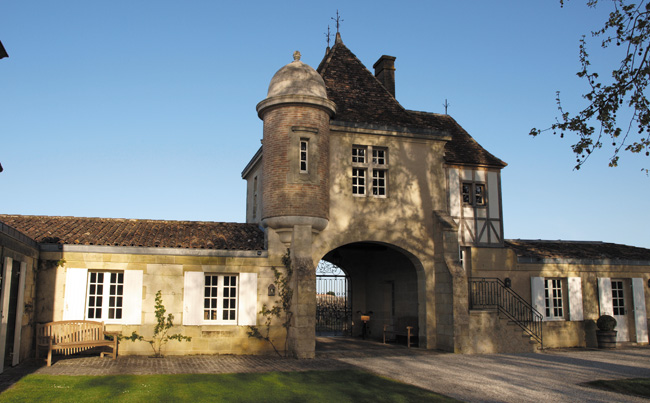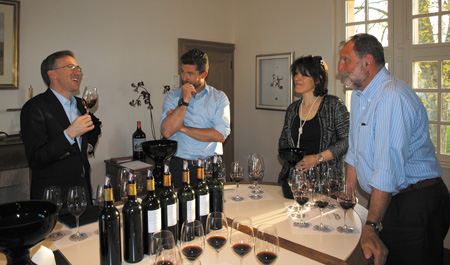With a wealth of a 350-year-old history, Château Rauzan-Ségla resisted over centuries to the crises, the wars, the divisions, and managed to stay among the greatest until today thanks to iconic people throughout its history.

At the heart of the Margaux appellation, Rauzan-Ségla is established on a 70-hectare vineyard. Here the production of wines of this 2nd Grand Cru Classé of Margaux is a precision work, haute couture. The vineyard is approached plot by plot, to the nearest stock, the work is adapted to the type of soil and subsoil.
Sorted on the stock, the harvests are made by hand, in crates, they sorted again twice, rapidly poured in the vats to assure the integrity of the berries and lose nothing of their quality. The vinification is operated grape variety by grape variety, plot by plot. Therefore the Château has been equipped with tronconic tanks, going from small volumes up to 150hl.
In 2010 the Château acquired 4 hectares of vineyards, enlarged of 4 additional hectares in 2012, which are devoted to the organic experimentation. But the whole vineyard already benefits from meticulous care as every decisive stage of the viticulture is done manually.

Entered in Chanel's portfolio in 1994, Château Rauzan-Ségla was appointed John Kolasa at its head as well as Château Canon in Saint-Emilion and the trade house Ulysses Cazabonne. During 20 years, with the mission to rebiuld the reputation of the vineyard, he accompanied the modernisation, the works, the enlargement of the domain, the refinement of the work on the wines. He has been a real driving force for the châteaux. He even decided to reduce the volumes to protect the quality and maintain Rauzan-Ségla as the height of its rank.
Close to retirement, he took by his side since June, 2014 talented Nicolas Audebert, arrived from Argentina where he was in charge of the technical management of Cheval des Andes (property of LVMH, Argentinian cousin of Cheval Blanc). “I was lucky to work beside John all year round. That was not always easy, John has been the master on board for 20 years... But what an experience!” Nicolas Audebert confides. The latter will take over the executive management of both châteaux this summer, but not of the trade house, having been decided to separate the activities.
This precision of the work in the vineyard, the accuracy of the wine making are also enforced to the elevage. Only 60% of new barrels for the grand wine and 25% for the second wine, “because the wood takes away their soul”, John Kolasa says in a smile. Rauzan-Ségla produces “traditional, fresh, not over-ripe, no modern wines”, adds Nicolas Audebert.
The vintage 2009 has been for Rauzan-Ségla, like for Bordeaux in general, one of the best of its history. Happy coincidence, its launch on the market in 2011 tallies with the 350th anniversary of the chateau. To mark the year and the spirits, the house asked Karl Lagerfeld to draw a label especially dedicated to this vintage.
Called “Super Second”, it is more a reference to the excellence of the wines than to the price. John Kolasa specifies “that Rauzan-Ségla wants to remain close to its market, to its consumers. We have an excellent value for money”.
Sylvia van der Velden
In April, John Kolasa and Nicolas Audebert received Paolo Basso at the château. Here are his comments of the 2014 and the 2010:
Beautiful toasty note of chocolate, cocoa, coffee, ink, graphite. Rich and savoury, long and expressive, very great structure, still characterised by the youth, body, rich and powerful tannins, persistent finish. A grand wine. Ageing: 2020-2040.